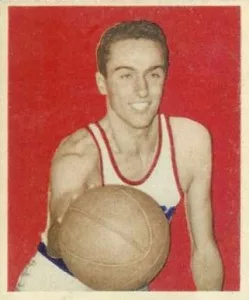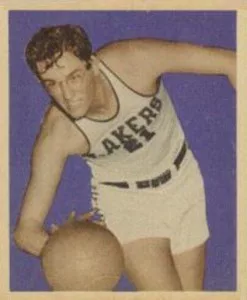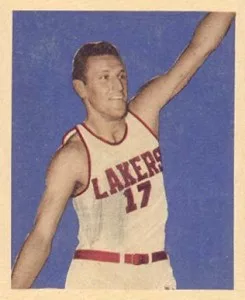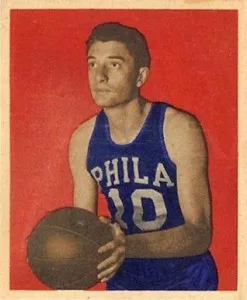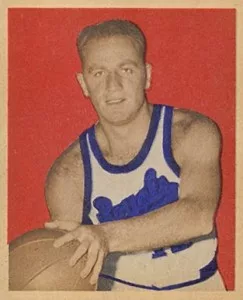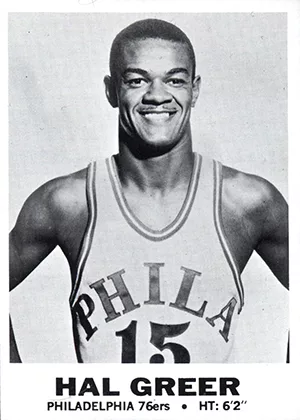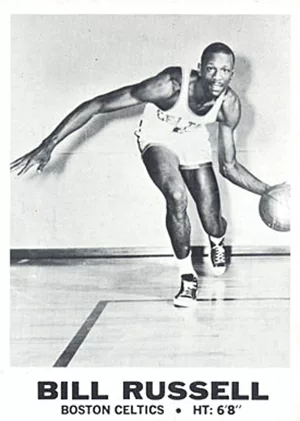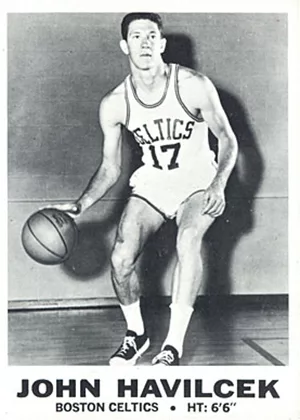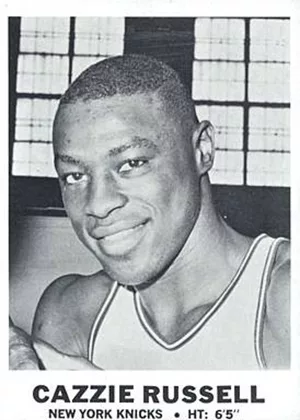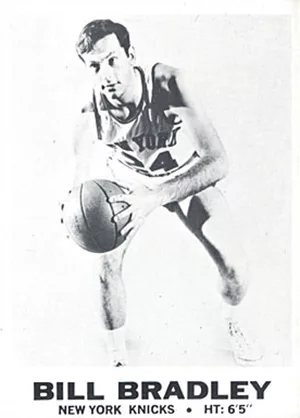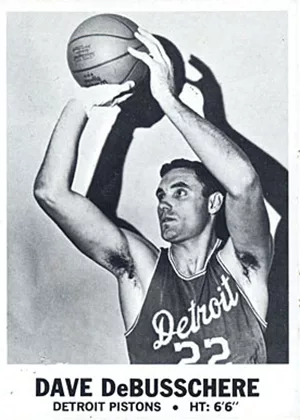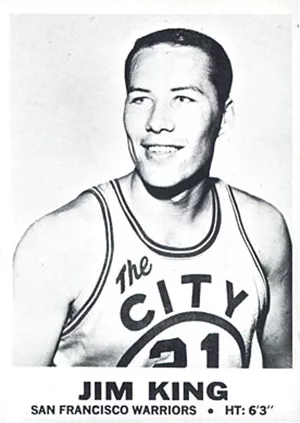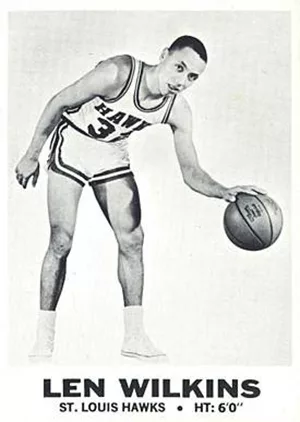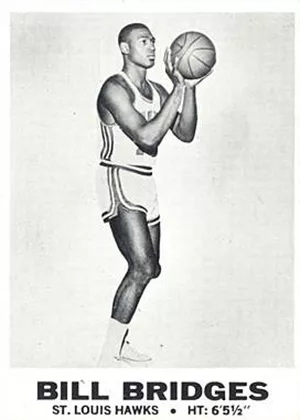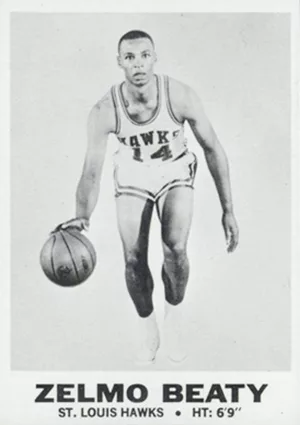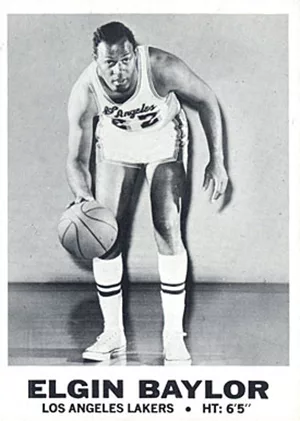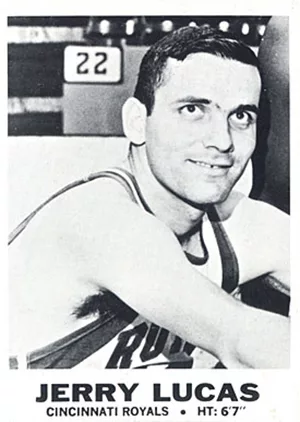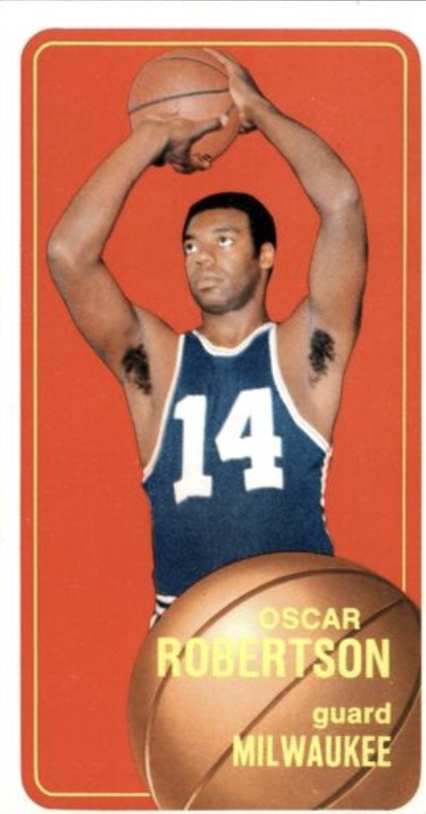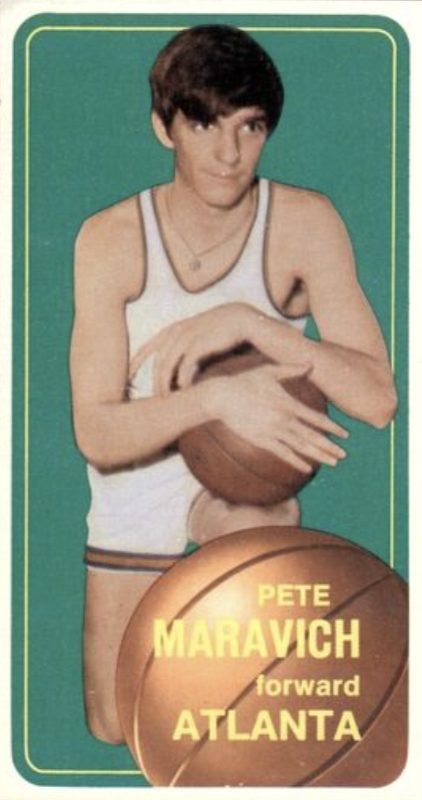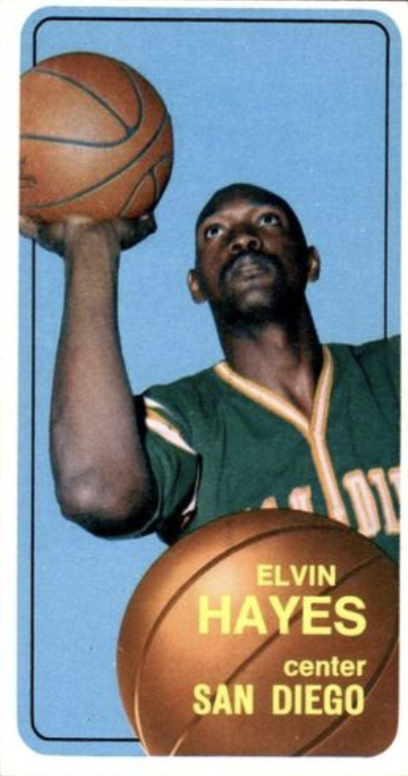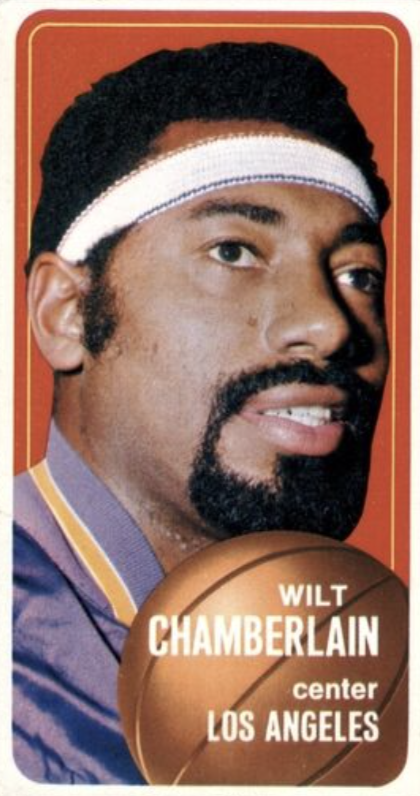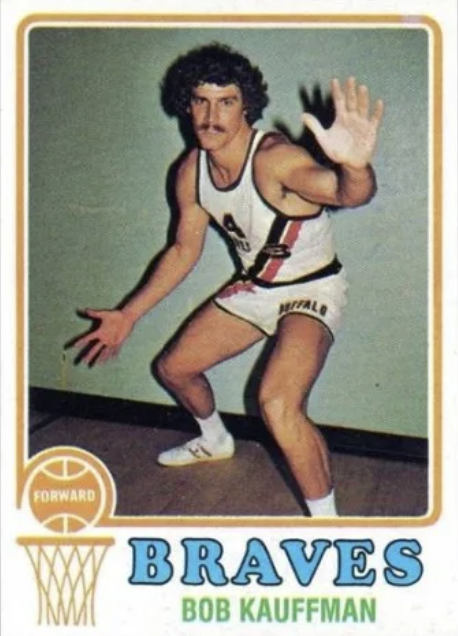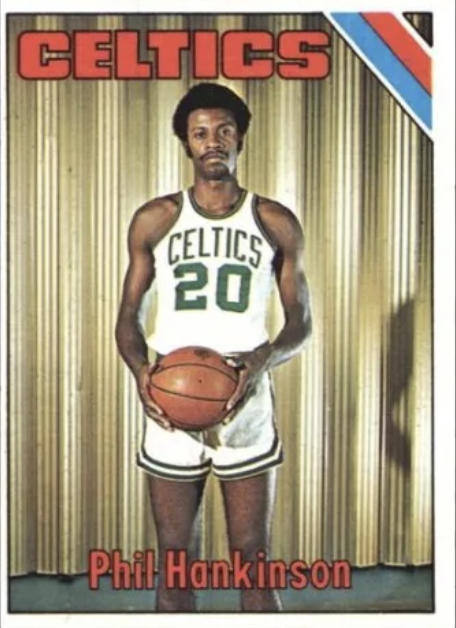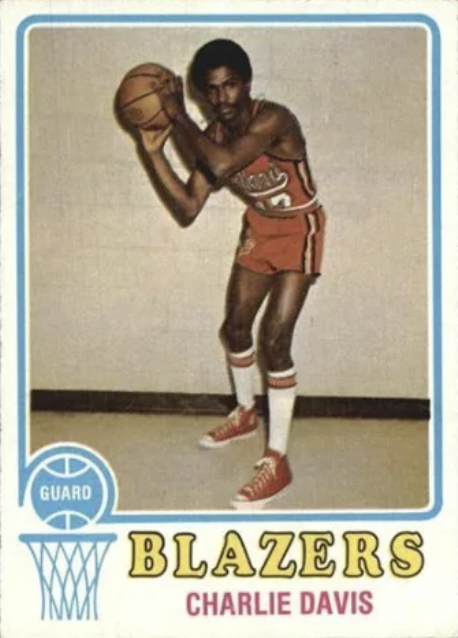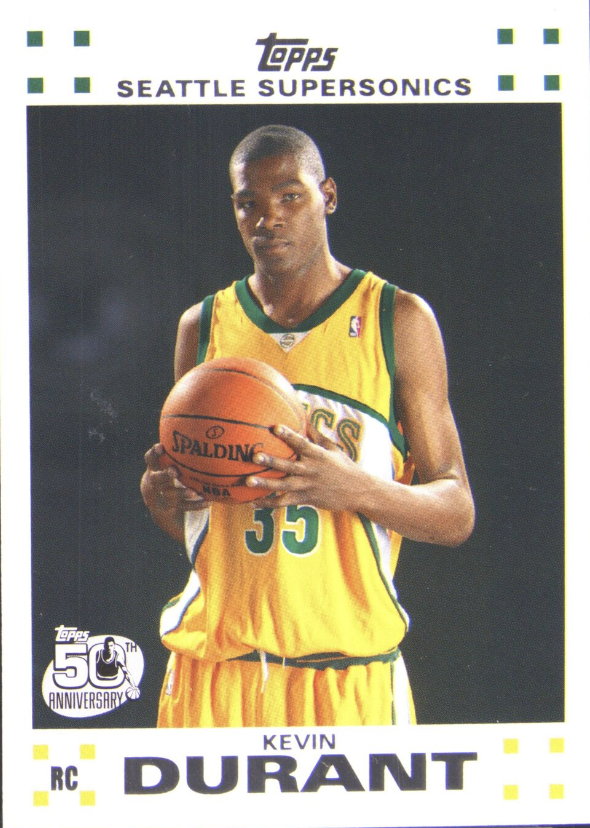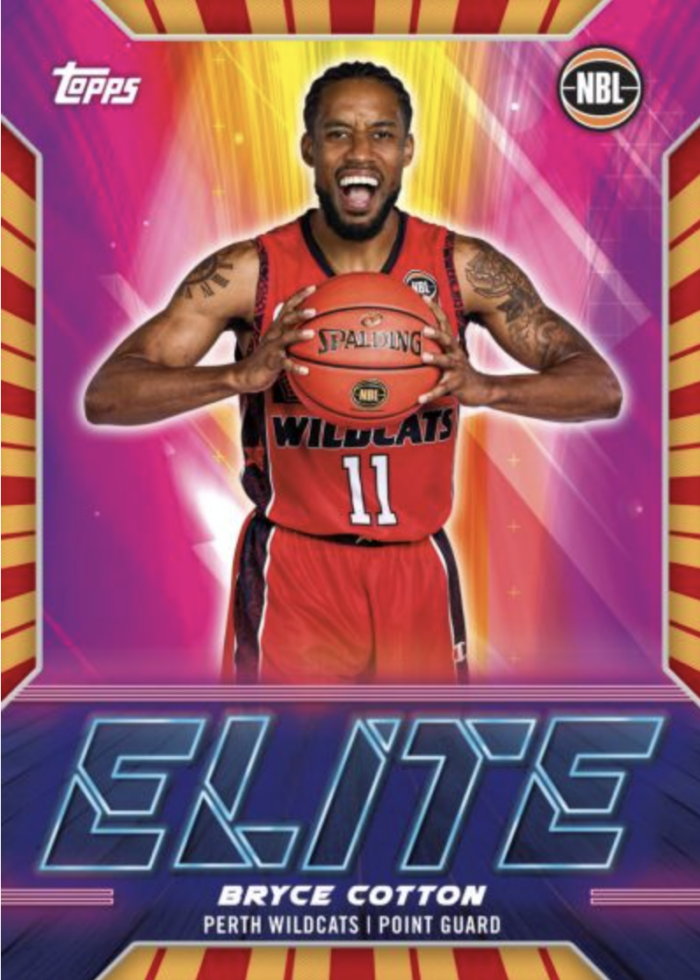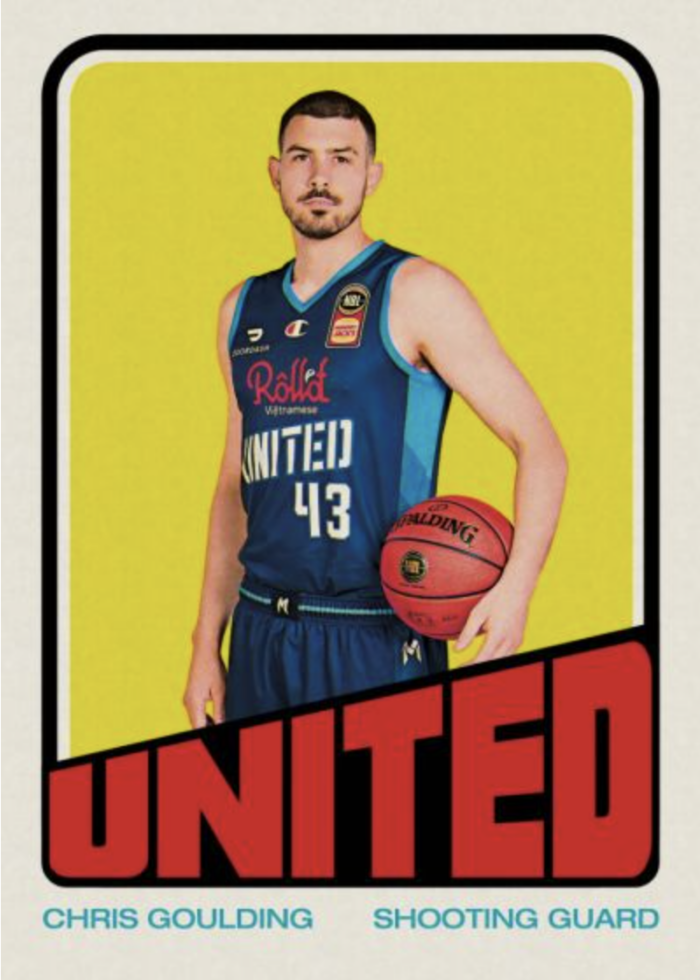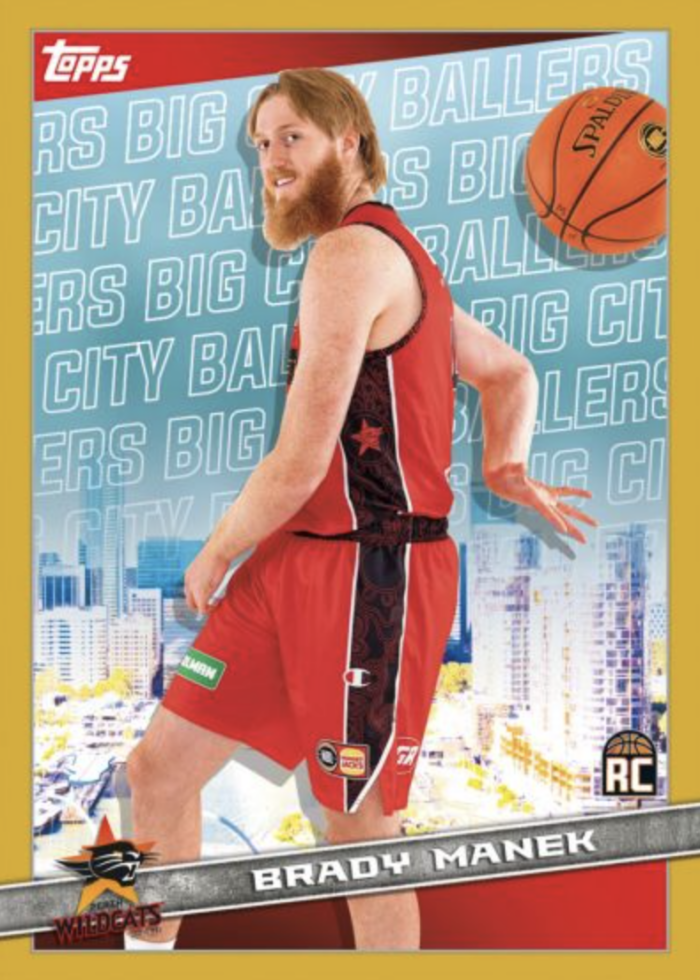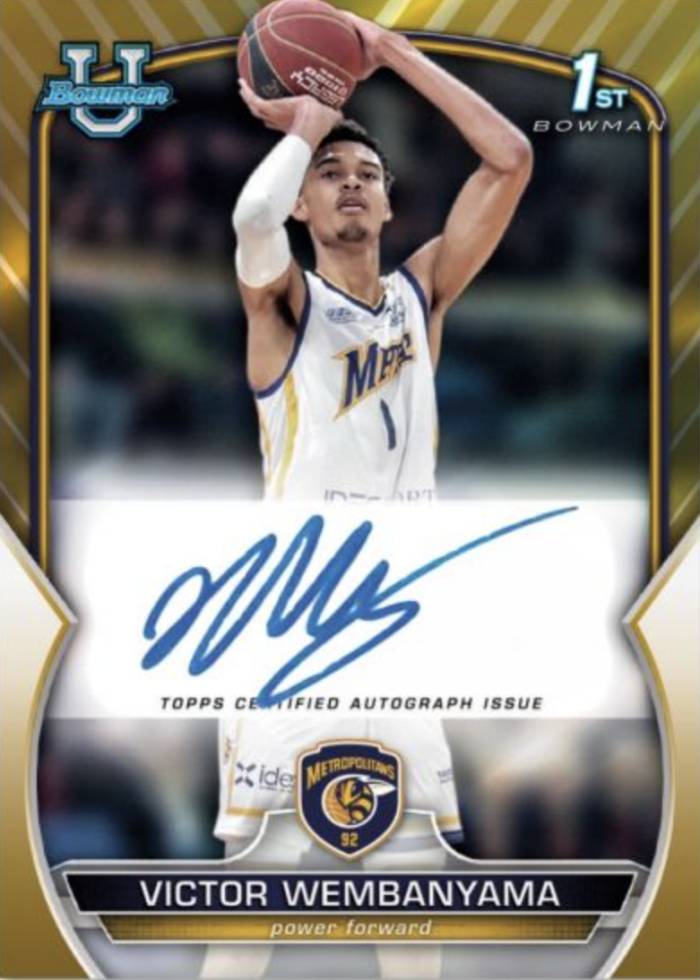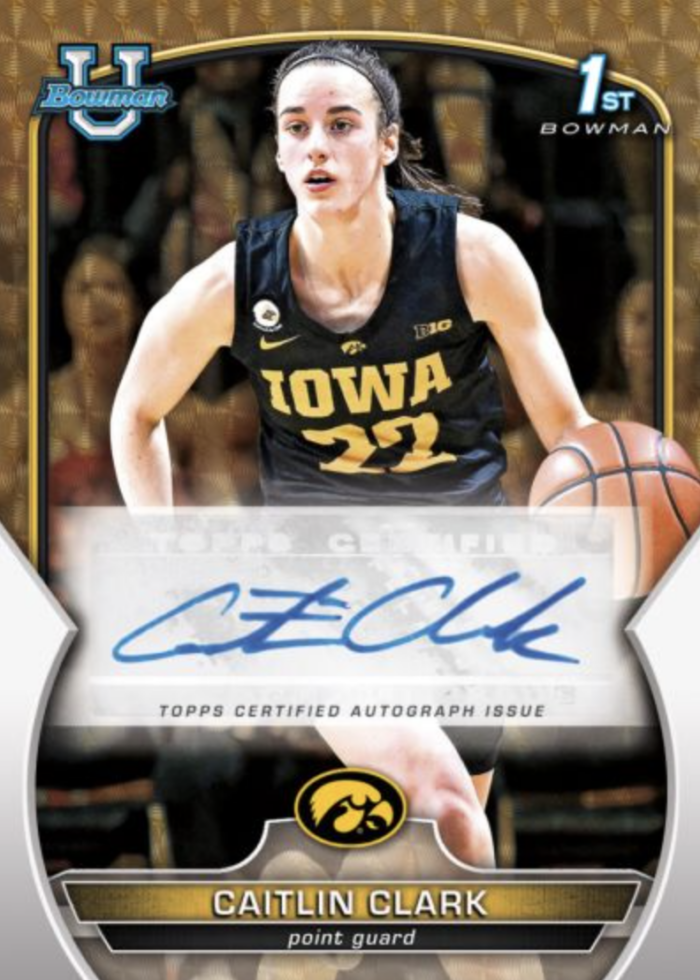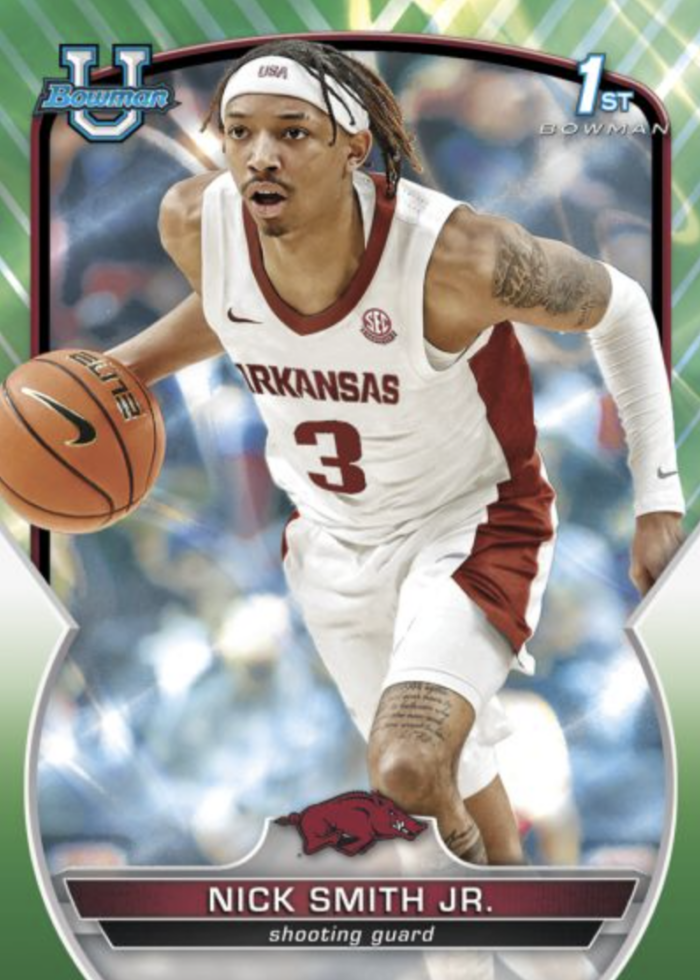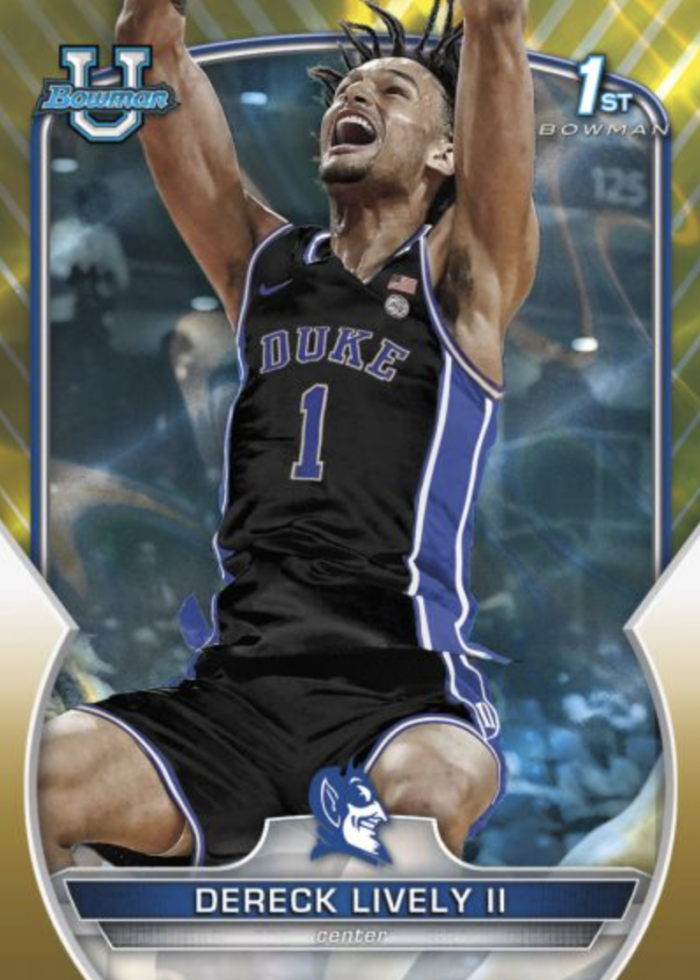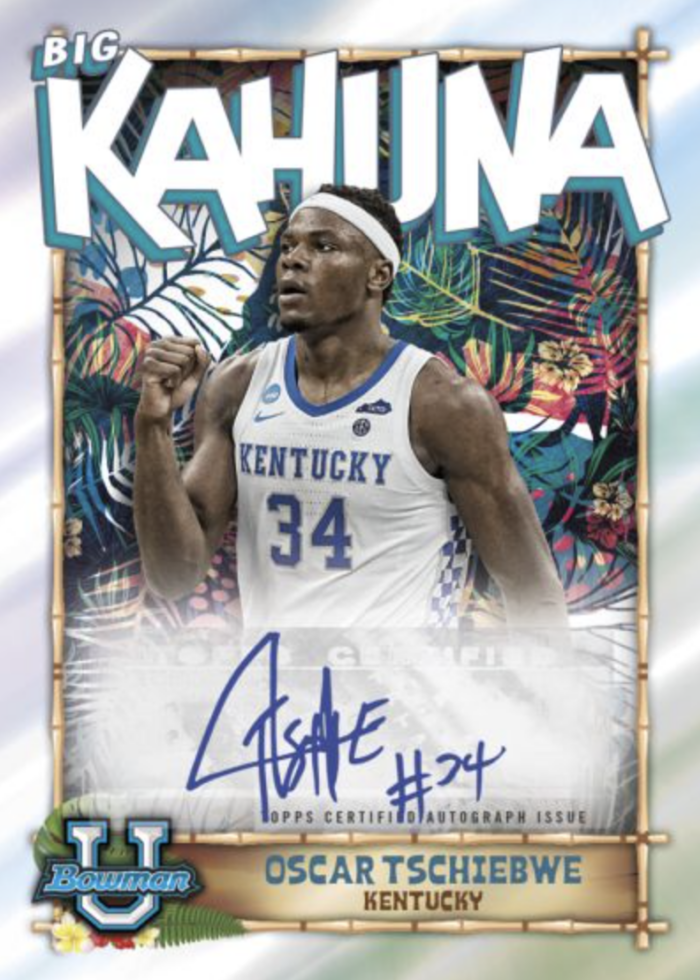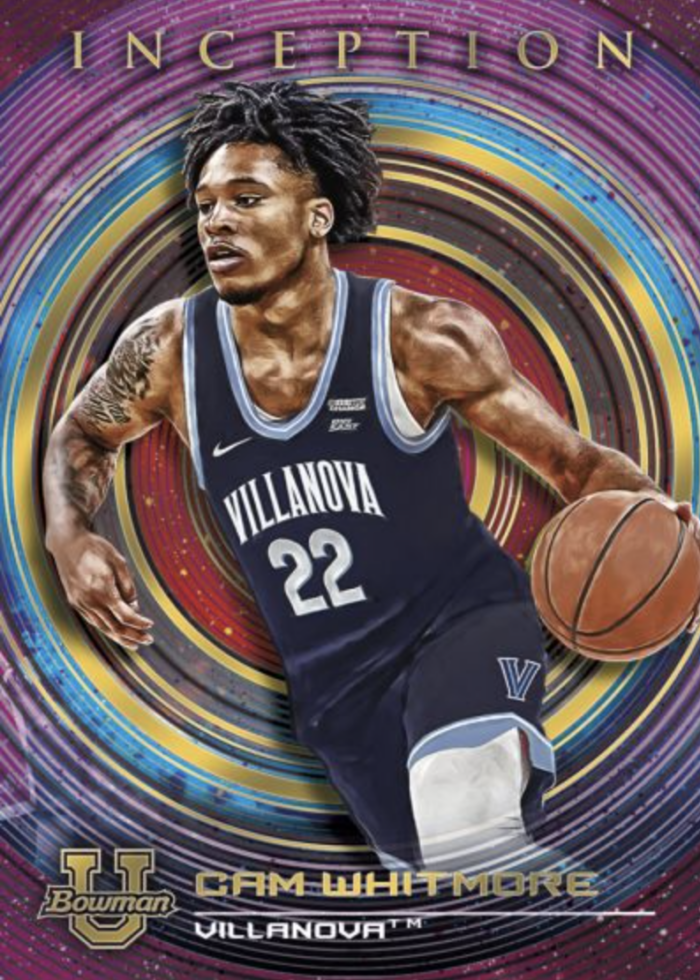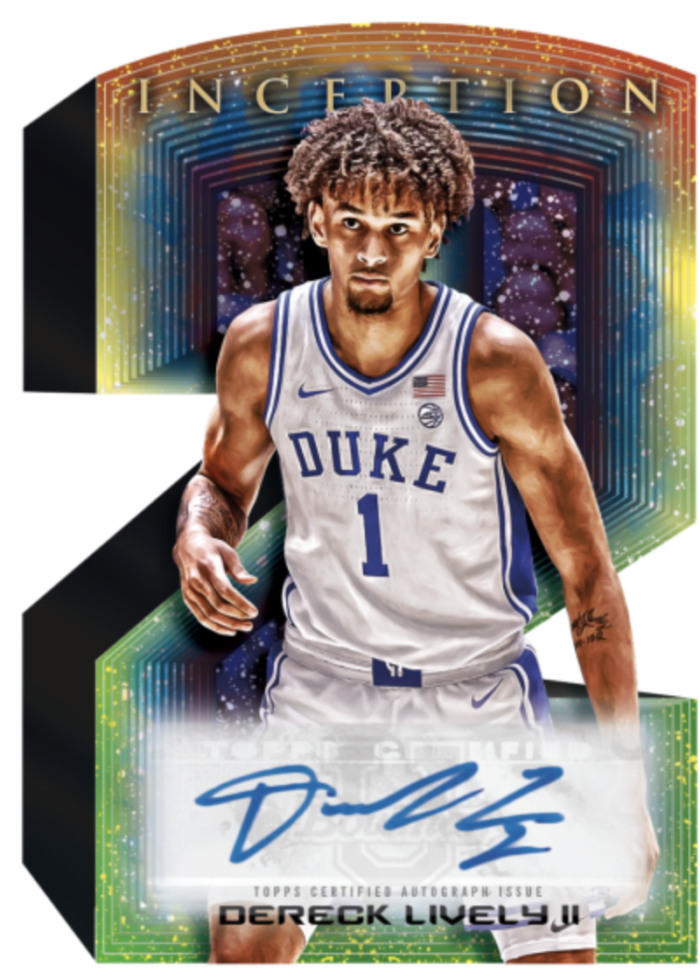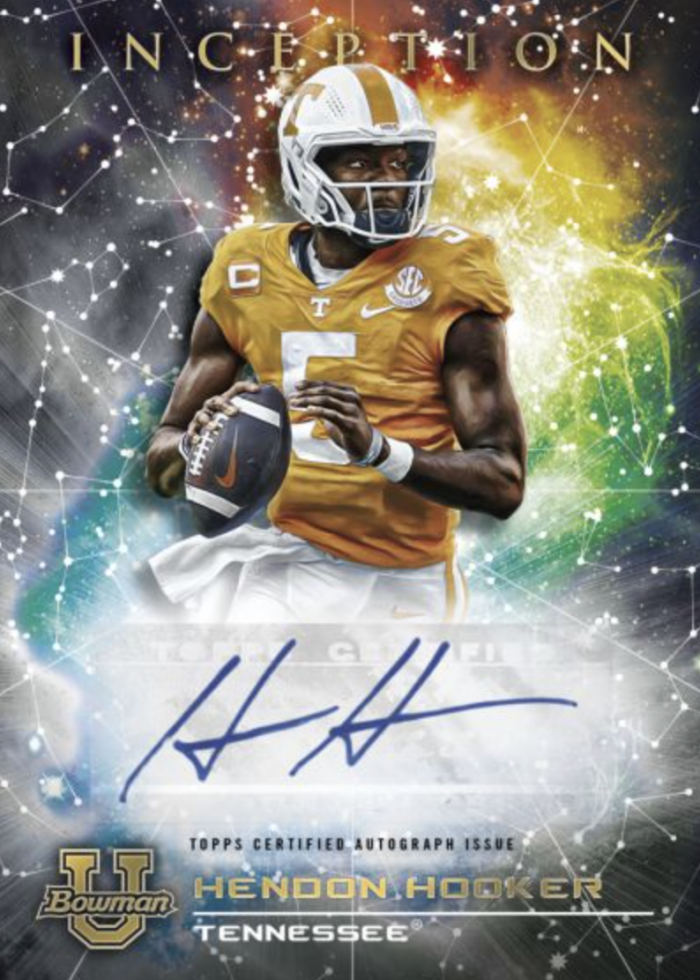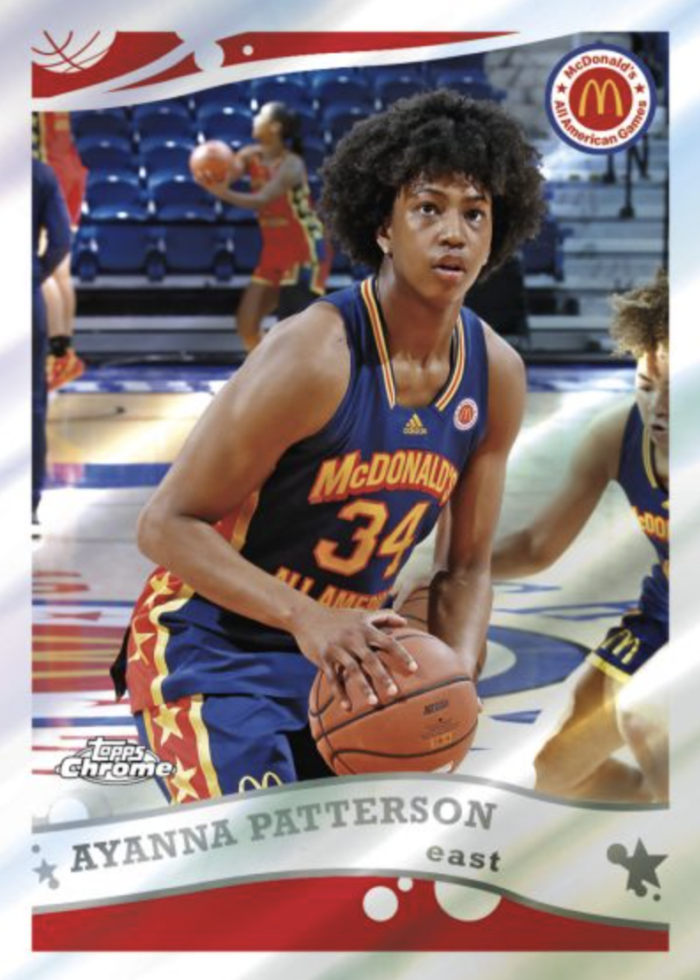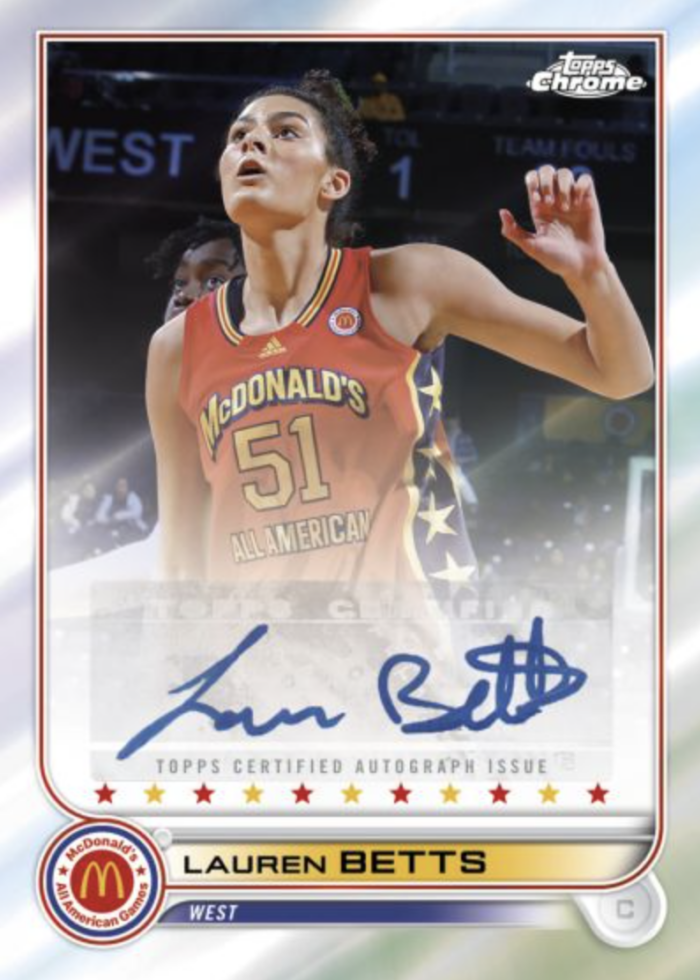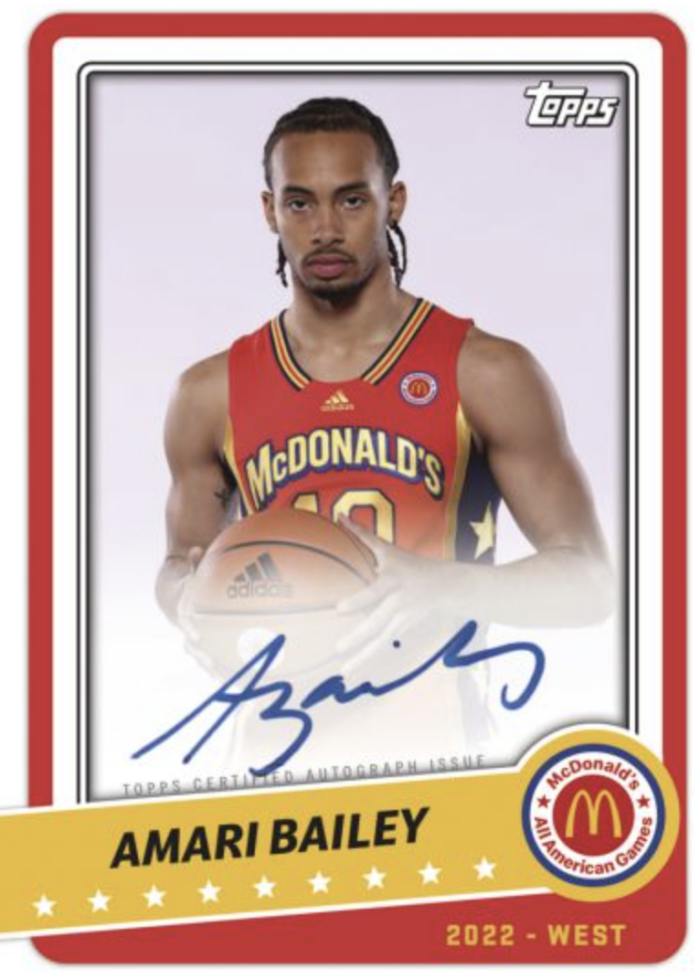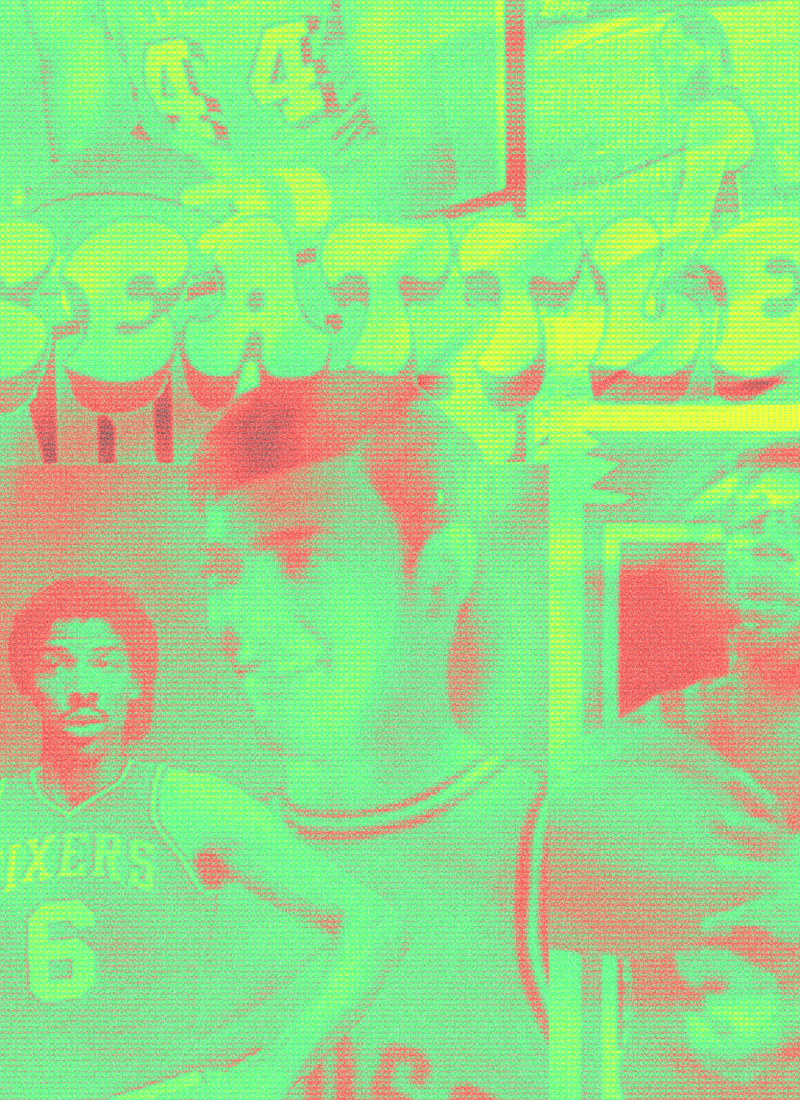
Basketball and the Hobby
It’s an exciting time in the NBA — the most dominant player in the world today is taking on the second-ever No. 8 seed to make the NBA Finals for a shot to hoist the coveted Larry O’Brien Trophy. And although Topps hasn’t held the license to produce NBA trading cards since 2010, change is on the horizon.
In celebration of the Finals, we’re turning back the clock to review Topps’ storied history with the Association. Take a look at the timeline before another exciting NBA season comes to a close.
Bowman With the Fast Break
The first-ever complete set of NBA trading cards was created by Bowman in 1948. And although basketball is the second-most-popular sport in America today, it didn’t have that same standing in the middle of the 20th century. Baseball was king, and the NBA, founded as the Basketball Association of America in 1946, struggled to find its footing in the States.
One factor that helped tremendously was the rise of Minneapolis Lakers center George Mikan, the bespectacled giant whose nickname, “Mr. Basketball,” should tell you all you need to know about his status in the game’s early years. Mikan’s card was also the key chase in Bowman’s set, and even today, it’s one of the most sought-after NBA cards of all time. (Even some fake copies go for over $200!)
1948 Bowman Basketball
While you could rely on consistent baseball card releases in the early 1950s following the World War II hiatus, basketball cards weren’t as popular. Bowman didn’t release a follow-up to its 1948 set, and Topps didn’t enter the basketball scene until 1957. When it did, though, the brand dropped an 80-card set with a few legendary ones that still reverberate around the hobby today.
1957-58 Topps Basketball was the first basketball card set that used the NBA name since the league was still known as the BAA in 1948. And since it was the first major release in almost a decade, the set consists of “rookie cards” for nearly every player that’s included. The highlights were a few Hall-of-Famers from the Boston Celtics, which were just about to launch into one of the most dominant decades by a single team ever. Center Bill Russell, pictured on his rookie card engaged in his defensive position, is the most popular chase, and his teammate, point guard Bob Cousy, has another of the cards in the highest demand.
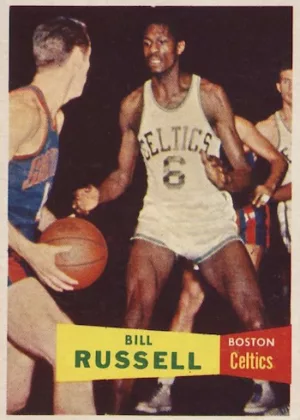

Drawing up Set Plays
Topps wouldn’t create another basketball set for about 10 years, with other brands taking the lead in the late 1950s and early 1960s. But in preparation for its return to basketball cards in 1969, Topps created (perhaps unknowingly) one of the rarest sets of cards ever produced. 1968-69 Topps Test Basketball is a black-and-white vintage set consisting of 22 cards, each with minimal information on the front and a puzzle-style back that, when assembled, creates a complete image of Wilt Chamberlain dunking. While the origins of the card set are unknown, some collectors have their hypotheses.
1968-69 Topps Test Basketball complete set
“(T)he Topps Basketball Test issue may have been an audition for the NBA, or it may have been a practice issue once the league granted Topps a license,” wrote Darren Smythe for Sports Collectors Daily. “Whatever the case, a wax pack wrapper or box has never been found.”
Regardless, the lack of marketing (and the fact that most cardholders have had a connection to a Topps executive) probably means they were never meant to leak out of Topps HQ. And since the set was never officially released, its cards generally aren’t considered to be rookie cards, but that doesn’t make Topps Test any less valuable.
When Cards Get Weird, Man
Topps went ahead with its full return to basketball in 1969, holding the NBA license until 1981. During that time, it produced the rookie cards of a few titans of the sport: center Kareem Abdul-Jabaar (then known as Lew Alcindor) in that 1969 set; point guard Pete Maravich in 1970; point guard Nate Archibald in 1971; center Bill Walton in 1974; and the trio of Larry Bird, Julius Erving, and Magic Johnson (considered to be Bird’s and Johnson’s RC) in 1980.
The late ’60s and early ’70s were funky times for basketball cards, partially because the licensing agreements were idiosyncratic. Topps was allowed to show the front of players’ jerseys when they said the city name — “Phila,” for example, or “Milwaukee.” But Topps didn’t have permission to show jerseys with team nicknames on them, like “Celtics” or “Lakers” (two of the preeminent franchises at the time).
1970-71 Topps Basketball
So for the first few years after Topps returned to basketball in 1969, you got some cards where the player posed in their uniform, looking totally normal. But for those whose jerseys weren’t allowed to be shown, Topps came up with some outlandish solutions. Some players wore warm-up jackets atop their uniforms. For a few players, like Celtics center Dave Cowens, he posed in a way that hid the front of his jersey from the camera. Others, like Lakers guard Jerry West, posed with their jerseys on backward — name and number facing forward instead of the team name. Topps eventually got full licensing and started showing all logos in 1973. Still, another oddity plagued that set — photos with odd shadows that appeared to have been taken in a dingy locker room hallway.
1973-74 Topps Basketball
Kobe!
After spending most of the 1980s in the passenger seat, Topps regained the ability to produce NBA cards in 1992. But it didn’t hold the license exclusively, so it created cards alongside other brands like Upper Deck and Fleer.
The early ’90s marked a period of significant changes for collecting — as producers shifted the hobby out of the “Junk Wax Era,” collecting interests pivoted towards high-end cards with scarcity. Technological innovations led to new and exciting parallels; rare inserts became increasingly common. Autos and memorabilia cards became parts of every set.
During this time, Topps produced several popular rookie cards (Allen Iverson, LeBron James, Kevin Durant, Steph Curry) that will only grow in popularity as time goes on. But one card from this era has an appeal that stretches far beyond anything else: Kobe Bryant’s 1996-97 Topps Basketball RC.
Kobe fans have always been some of the most passionate in sports, but they took their devotion to another level after his sudden passing in January 2020. About one year after his death, Bryant’s perfectly-graded Topps Chrome Refractor RC sold for nearly $2 million at auction.

What Can You Rip Now?
Though Topps hasn’t held the NBA card license for nearly a decade, that doesn’t mean the brand isn’t producing basketball cards of any kind. First, Topps recently released the first-ever card set for Australia’s National Basketball League (NBL), regarded as one of the strongest leagues outside of the NBA. Topps also has three products highlighting tomorrow’s basketball superstars, each dropping in the past few weeks.
There’s Bowman University Chrome Basketball, the company’s signature product line for college and international players. The fully-licensed set is made possible by new NIL rules that allow athletes to appear on (and profit from) trading cards. With University of Kentucky center Oscar Tshiebwe on the cover, the set features chases like 1st Bowman autographs from Victor Wembanyama and Caitlin Clark, the anticipated top overall picks in the NBA Draft and the WNBA Draft, respectively.
The next is Bowman University Inception, a hit-heavy product featuring college football and basketball stars. For example, if you don’t feel like buying two separate products in the chase for Tshiebwe and top NFL Draft pick Bryce Young, you can find them both here.
The final product, Topps Chrome McDonald’s All-American Basketball, showcases ballers who haven’t even enrolled in college yet. Many of this group of high schoolers are appearing on officially licensed cards for the first time in their lives — these are like the rookie cards before the college rookie cards before the real rookie cards.
